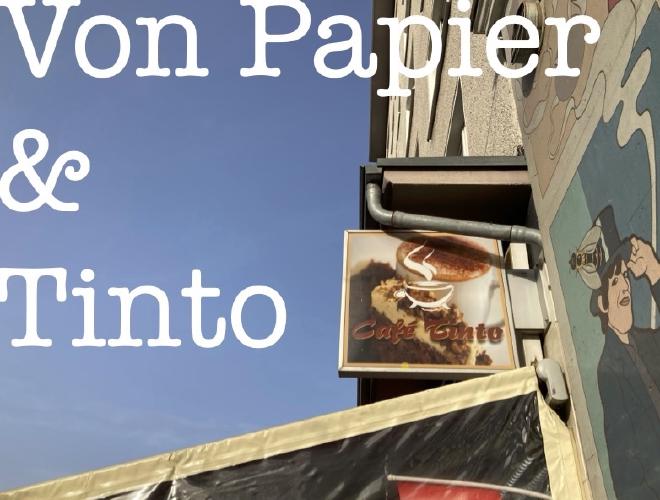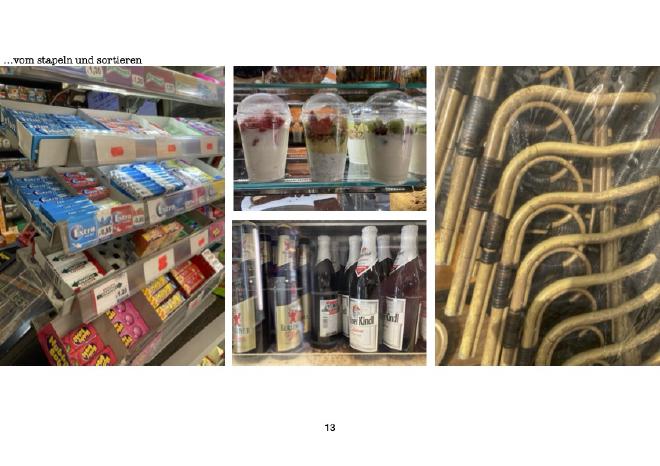Research Paper: Analysis of the Späti-Café Tinto in Berlin

Café Tinto – A Cultural Anchor in Kreuzberg #
This study examines Café Tinto, a unique Späti-café on Mehringdamm in Berlin-Kreuzberg, which has been an integral part of the neighborhood for over fifteen years. Offering everything from homemade dishes to select beverages, Café Tinto represents more than a typical Späti – it blends the ambiance of a kiosk with the hospitality of a café.
The research highlights the social role of Café Tinto and demonstrates how it functions as a gathering point for a diverse clientele. Particularly during the COVID-19 pandemic, this space became a valuable location for the local community, providing an environment for social interaction and exchange. This fusion of café and Späti exemplifies Berlin’s vibrant and resilient urban culture.
Research Approach and Methodology #
The study applied an ethnographic approach, emphasizing a balance between participation and observation – a methodology especially well-suited to exploring the social dynamics and institutional practices of an urban gathering place like Café Tinto. Participant observation served as a central method, allowing active engagement with the environment while maintaining necessary observational distance.
Through regular visits to the café and its surroundings, the study gained insights into social interactions and everyday practices, including exchanges between regular customers and staff. This form of direct engagement enabled a lively and detailed depiction of the café’s atmosphere, which would be challenging to capture through a purely detached analysis.
Visual and Creative Methods #
Alongside participant observation, the study incorporated visual and creative documentation techniques, including sketches, photographs, and brief written notes. These diverse methods provided multiple perspectives on Café Tinto, creating a nuanced portrayal of its significance for visitors. Photographs and sketches not only illustrate the spatial layout but also capture the interactions and dynamics among individuals in the café’s environment.

Reflection on Research Practices #
A core challenge of this ethnographic research was the ongoing balance between closeness and distance. Active participation was crucial for gathering authentic insights, yet it was equally essential to maintain objective distance to allow for critical reflection. Ethnographic research involves a constant “shifting” between participation and observation, as highlighted in academic literature (cf. Niermann, 2014). This alternating perspective allows for both a deep understanding of the research field and the preservation of critical distance.
The inductive nature of ethnographic methodology, where insights emerge directly from observed everyday practices, was particularly fitting for this study. As a vibrant social hub embedded within the culture of Kreuzberg, Café Tinto presented an ideal setting for capturing social structures and interactions authentically. This approach was essential in uncovering the complexities of the location and its significance for the local community.
View the Paper #
For more details, the full paper can be accessed through the following link: View Research Paper